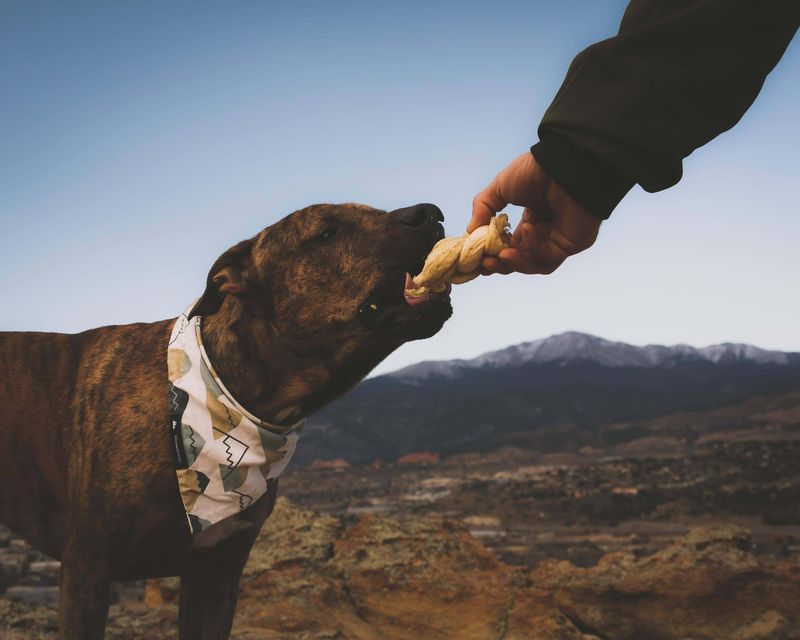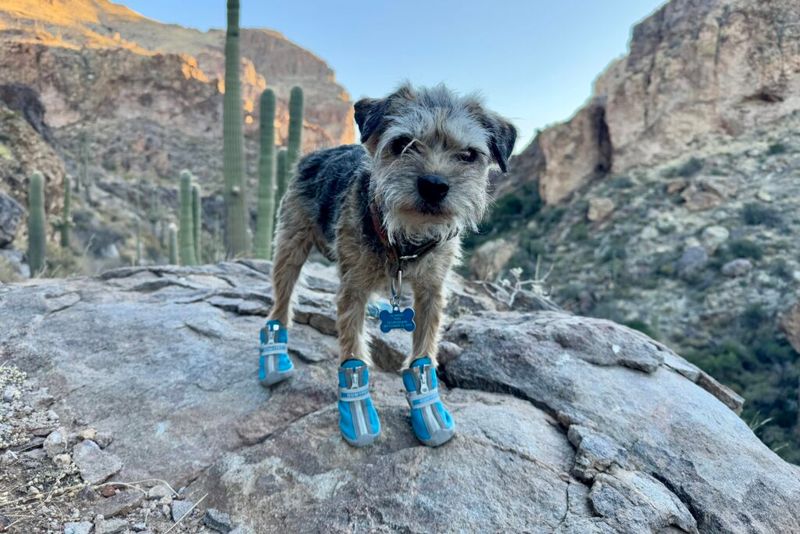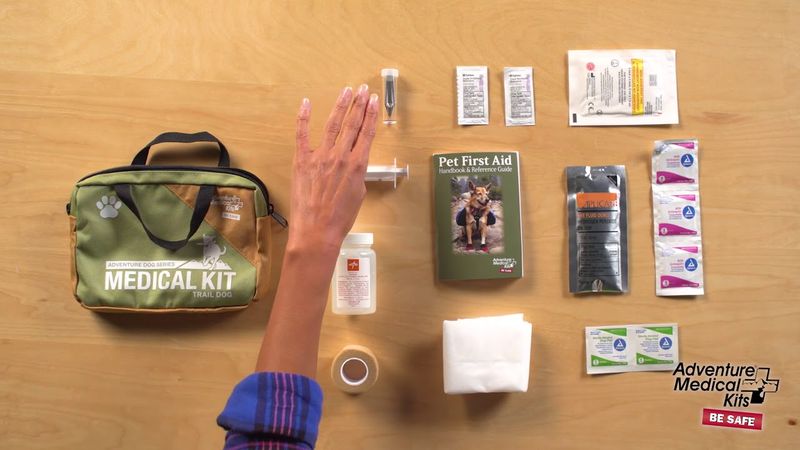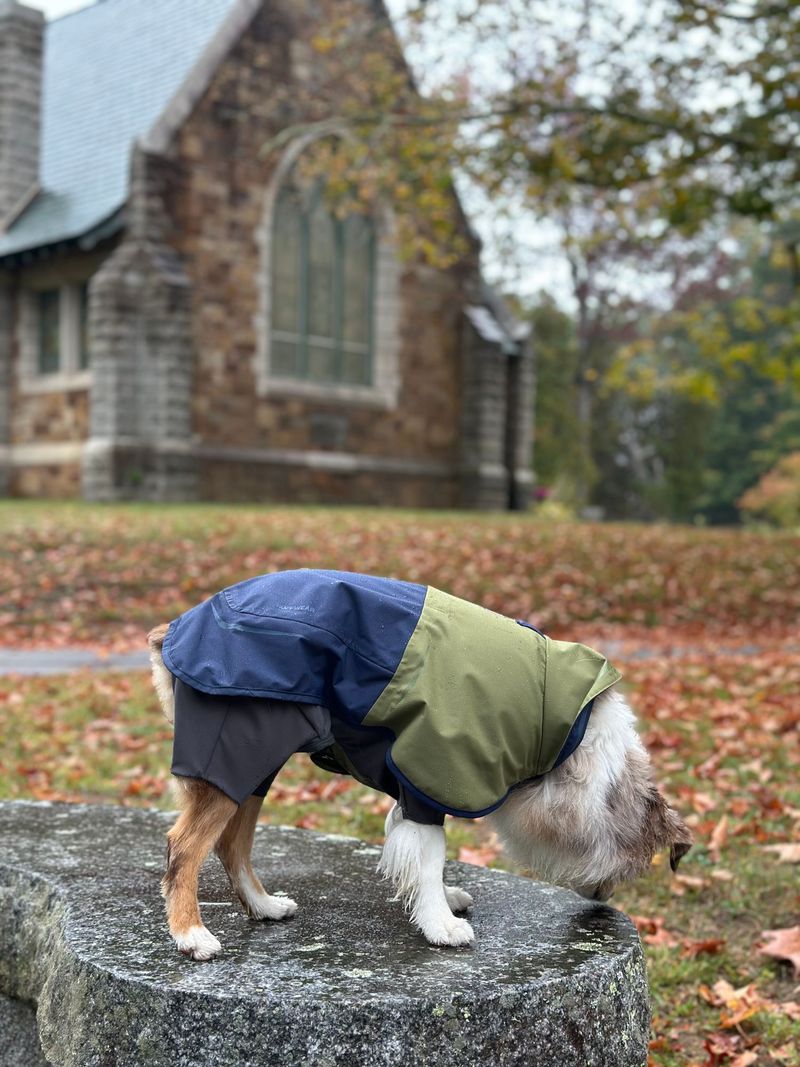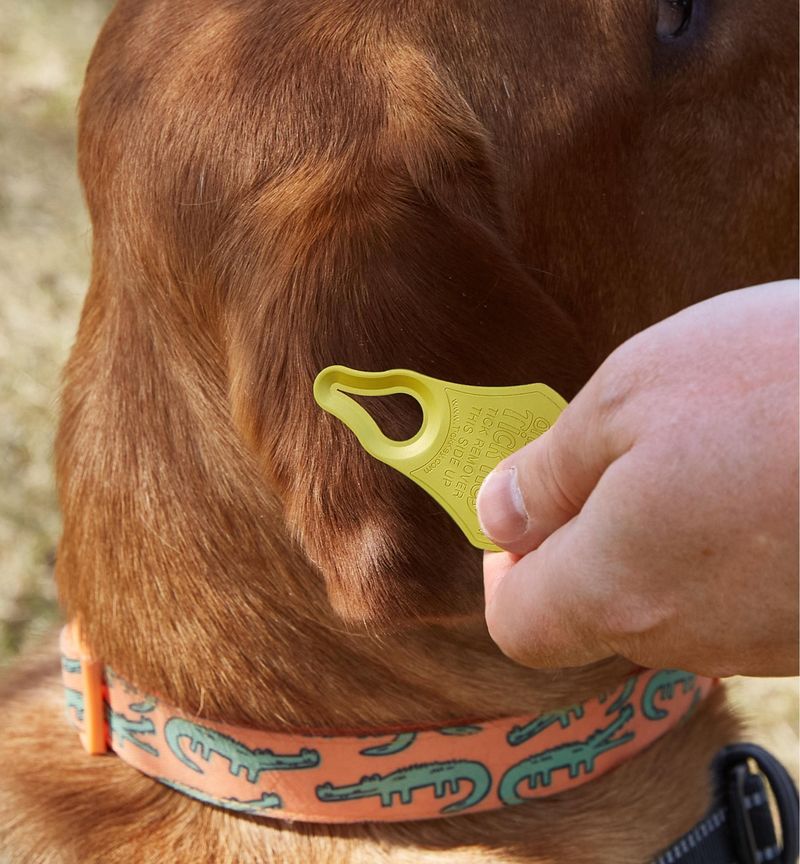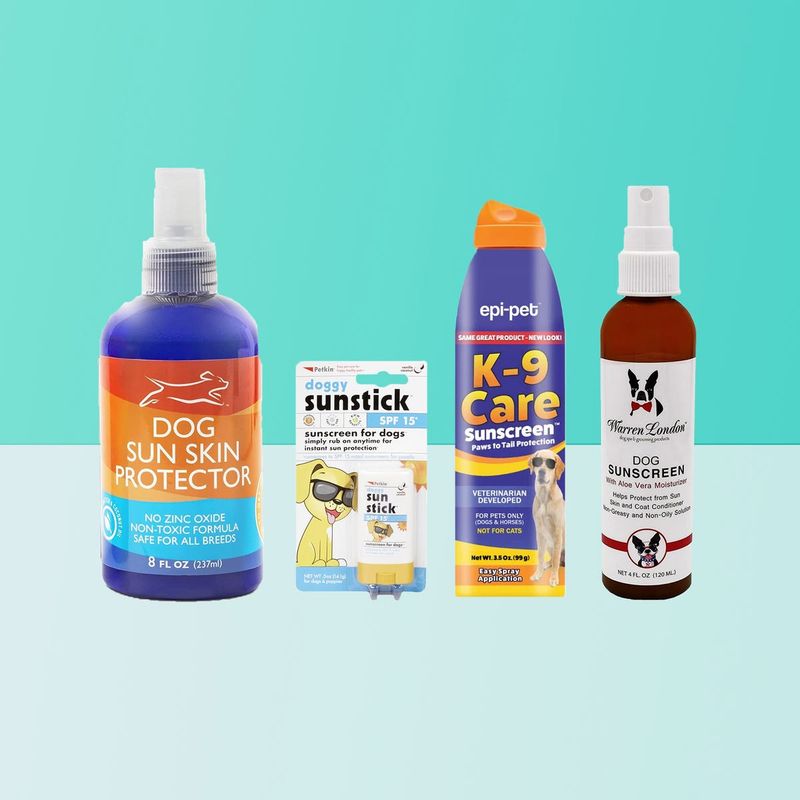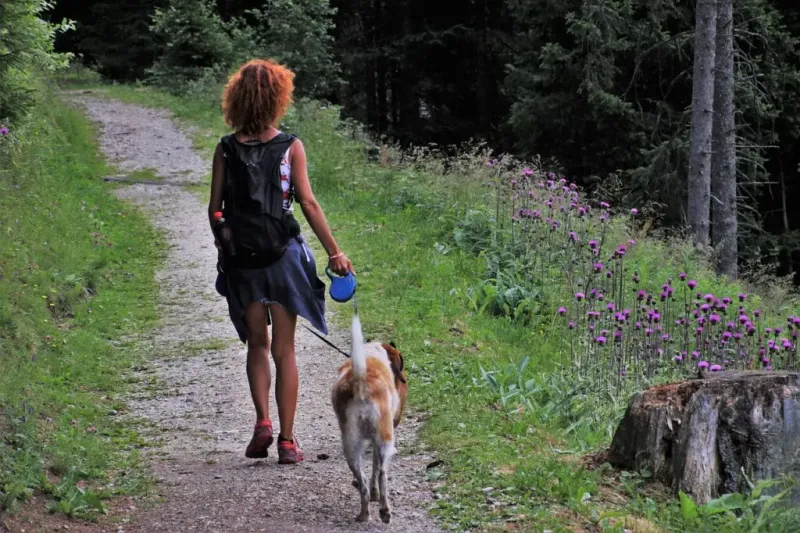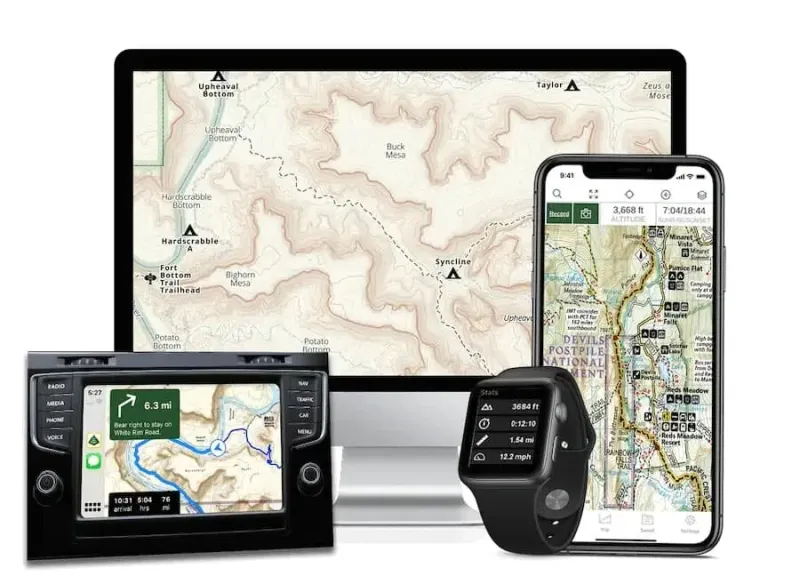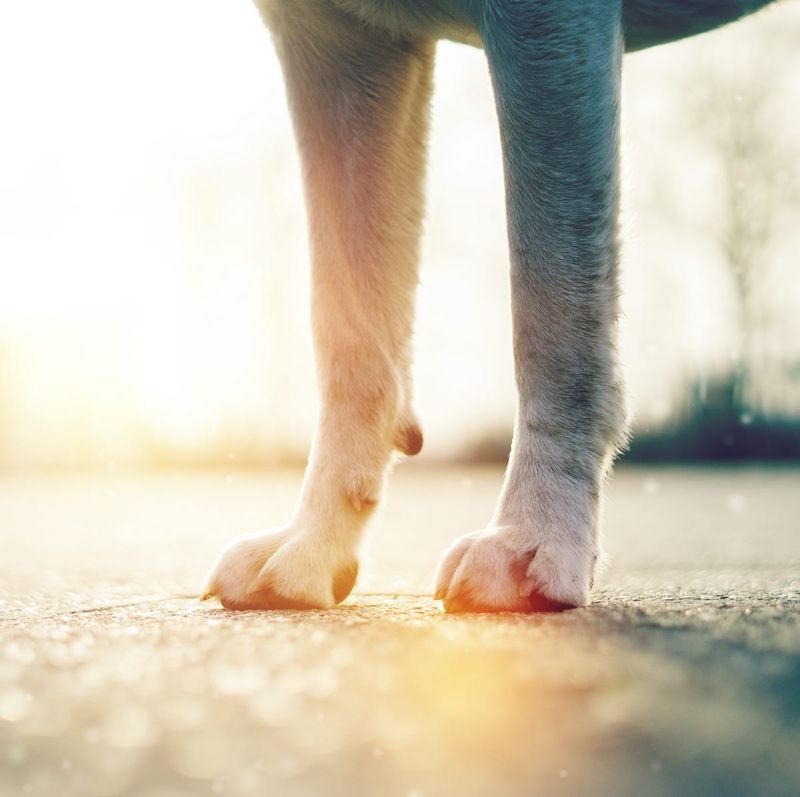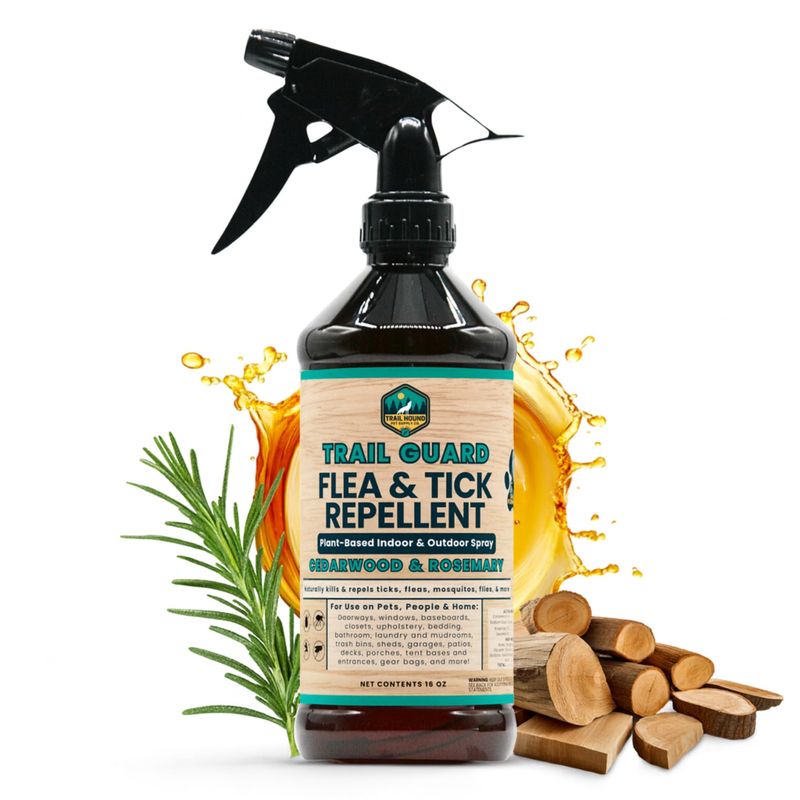Taking your dog on a mountain trail sounds like the perfect weekend plan, right? But forgetting even one key item can turn your adventure into a disaster. Whether you’re facing rocky terrain, sudden weather changes, or an unexpected paw injury, being prepared makes all the difference. This guide covers the 18 must-have essentials that will keep your four-legged hiking buddy safe, comfortable, and happy on every trail.
1. Leash + well-fitted harness (no retractables)
Most trails require leashes, often no longer than 2 meters. A sturdy 1.8 to 2-meter lead gives you control without tangling around trees or tripping you on narrow paths.
A Y-front harness reduces neck strain, especially on steep climbs and descents. Unlike collars that pull on your dog’s throat, harnesses distribute pressure across the chest.
Retractable leashes might seem convenient, but they offer poor control on rugged terrain. Stick with a fixed-length lead that keeps your pup close and safe from sudden drop-offs or wildlife encounters.
2. ID tags, microchip, and recent photo
Carry a current photo on your phone and make sure the ID tag has your mobile number clearly visible. If your dog bolts after a squirrel or gets spooked by thunder, that tag becomes their ticket home.
Microchip details should be up to date in the registry. A ranger or vet can scan the chip and reach you immediately if you get separated on the trail.
Without proper identification, finding a lost dog in wilderness areas becomes nearly impossible. Take two minutes before every hike to double-check that all contact info is current and legible.
3. Water for your dog + collapsible bowl
At rest, dogs need around 50 to 60 ml per kilogram of body weight daily. On hikes, plan for 90 to 120 ml per kilogram for a half-day adventure, and more in heat or at altitude.
For a 20-kilogram dog, pack 1.8 to 2.4 liters minimum. Offer small, frequent drinks rather than letting your pup guzzle a whole bowl at once, which can cause stomach upset.
A collapsible bowl weighs almost nothing and fits in any pocket. Hydration prevents overheating and keeps energy levels steady throughout your trek.
4. High-energy trail snacks
Bring your dog’s regular kibble or vet-approved treats to avoid sudden diet changes that could cause stomach issues mid-hike. Nobody wants to deal with digestive emergencies on a remote trail.
For long days, add 10 to 20 percent extra calories to fuel those extra miles. Your dog burns significantly more energy scrambling over rocks and climbing hills than lounging at home.
Pack snacks in waterproof bags and offer them during rest breaks. These energy boosts keep tails wagging and prevent fatigue on the return journey.
5. Paw protection
Boots guard against scree, ice, and scorching hot rock that can blister delicate paw pads. A wax-based paw balm helps prevent cracks and keeps skin supple in dry conditions.
Check paws at every rest break for cuts, embedded seeds, or ice balls wedged between toes. Small injuries can quickly become painful problems if ignored.
Getting your dog accustomed to boots takes practice at home first. Start with short indoor sessions so they learn to walk naturally before hitting challenging terrain.
6. Dog first-aid kit
Include cohesive bandage, sterile gauze, non-stick pads, saline eyewash, tick remover, blunt-tip scissors, tweezers, and a digital thermometer. Add antihistamine as directed by your vet for allergic reactions.
Styptic powder stops bleeding from minor nail nicks, while an emergency blanket combats shock or hypothermia. Keep vet and poison-control numbers saved in your phone.
Accidents happen far from help, so knowing how to dress a wound or check vital signs can be lifesaving. Take a pet first-aid course to boost your confidence and skills.
7. Waste bags (and a pack-out plan)
Bag waste and pack it out. Most areas require this to prevent water contamination and disease spread that harms wildlife and other hikers.
A lightweight odor-control pouch makes carrying used bags painless for the rest of your hike. Nobody wants to smell it for miles, including you.
Leaving waste behind, even buried, damages ecosystems and spreads parasites. Responsible hikers carry a small sealed container or double-bag system to keep trails pristine for everyone.
8. Weather layer (rain jacket/cooling aid/insulated coat)
Short-coated dogs chill fast when wet and windy, losing body heat rapidly at elevation. A waterproof jacket keeps them warm and dry during sudden downpours.
In heat, use evaporative cooling gear like vests you soak in water, and prioritize shade breaks. Dark-coated dogs absorb more sun and overheat faster than light-colored breeds.
Check weather forecasts before heading out, but always pack a layer regardless. Mountain conditions change in minutes, and hypothermia can strike even in summer at higher altitudes.
9. Flea/tick prevention + tick key
Use your regular vet-recommended preventatives before every hike. Carry a tick tool to remove attached ticks promptly by grasping at the head with steady, even pull.
Do a full body check after the hike, running your fingers through the coat and inspecting ears, armpits, and belly. Ticks carry Lyme disease and other illnesses that can make your dog seriously sick.
The sooner you remove a tick, the lower the risk of disease transmission. Keep the tick in a sealed bag in case your vet needs to test it later.
10. Sun protection for light or thin-coated dogs
Use pet-specific sunscreen on nose, ears, and abdomen where fur is thin or absent. Avoid products containing zinc oxide or salicylates, which are toxic if licked or ingested.
When in doubt, ask your vet for brand recommendations. Human sunscreens often contain ingredients dangerous to dogs who groom themselves constantly.
Light-colored and hairless breeds burn just like fair-skinned people do. Repeated sun damage leads to painful burns and increases skin cancer risk, especially at high altitude where UV rays intensify.
11. Training basics & trail etiquette
Solid loose-leash walking, leave it, and recall commands are essential, especially for off-leash legal zones only. Without these basics, your hike becomes stressful for you and everyone else on the trail.
Yield to others by stepping off the trail for horses and cyclists. Keep dogs from chasing wildlife and trampling sensitive vegetation that takes years to recover.
Trail etiquette makes outdoor spaces welcoming for all users. A poorly trained dog can spook horses, frighten children, or disturb nesting birds, giving all dog owners a bad reputation.
12. Know and follow the leash rules
Many parks mandate leashes at all times to protect wildlife and other visitors. Even if your dog has perfect recall, rules exist for good reasons beyond your control.
Check the trail’s official page or signage at the trailhead before unclipping that leash. Fines for violations can reach hundreds of dollars, and you risk having your dog confiscated.
Off-leash dogs can chase deer into traffic, disturb ground-nesting birds, or provoke aggressive encounters with other animals. Respecting leash laws keeps everyone safer and preserves your access to trails.
13. Navigation + offline info
Download maps for airplane mode and confirm dogs are allowed before you go. Some areas like alpine zones and wildlife refuges restrict pets to protect fragile ecosystems.
Cell service vanishes quickly in remote areas, making offline maps essential. Paper backups never run out of battery and work even if your phone takes a tumble.
Getting lost with a tired dog is a nightmare scenario. Know your route, have multiple navigation tools, and always tell someone your plans and expected return time before heading out.
14. Temperature checks
Use the five-second back-of-hand test on sun-exposed rock or pavement. If it’s too hot for your hand, it’s too hot for paws and will cause painful burns.
Avoid peak heat hours and watch for overheating signs like excessive panting, drooling, or wobbling. If suspected, stop immediately, move to shade, and cool with water on chest and abdomen.
Seek vet care for any suspected heatstroke, which can be fatal. Prevention is key: hike early morning or evening, stick to shaded trails, and turn back if conditions become unsafe.
15. Rest breaks and shade strategy
Plan short, regular stops, especially for young, senior, brachycephalic, or dark-coated dogs. These groups struggle more with temperature regulation and stamina.
Find shade for every break, even if it means walking an extra minute off the main trail. Direct sun saps energy and raises body temperature dangerously fast.
Watch for signs your dog needs a break: lagging behind, excessive panting, or reluctance to continue. Pushing through exhaustion risks injury and ruins the fun for both of you.
16. Dog-safe insect repellent
Use only vet-approved options for your dog. Human DEET and permethrin sprays should never be applied directly to dogs, as permethrin is for treated gear only, not skin.
Permethrin is extremely toxic to cats and can cause serious reactions in dogs when applied improperly. Read labels carefully and follow dosing instructions exactly.
Mosquitoes and biting flies make hikes miserable and carry diseases like heartworm. Safe repellents protect your dog without poisoning them through grooming or skin absorption.
17. Poop-incident extras: small towel + unscented wet wipes
A quick cleanup saves your car and keeps your dog comfortable after mud, burrs, or a surprise swim. Nobody wants to drive home with a swamp creature in the back seat.
Unscented wipes are gentle on sensitive skin and won’t irritate if your dog licks residue. Scented versions can cause allergic reactions or attract curious wildlife.
Stash these in an easy-access pocket for emergencies. Whether it’s a muddy belly, sticky sap on fur, or an unfortunate encounter with something dead, you will be grateful you packed cleanup supplies.
18. If using a dog pack, keep it light
For healthy adult dogs acclimated to packs, keep total load at or below 10 to 12 percent of body weight. Many dogs should carry less, depending on fitness and breed.
Distribute weight evenly across both sides and never load puppies, seniors, or dogs with orthopedic or respiratory issues. Their developing or compromised bodies cannot handle the strain safely.
When unsure, skip the pack and carry the gear yourself. A sore or injured dog miles from the trailhead becomes your problem, and you might end up carrying both dog and pack out.




